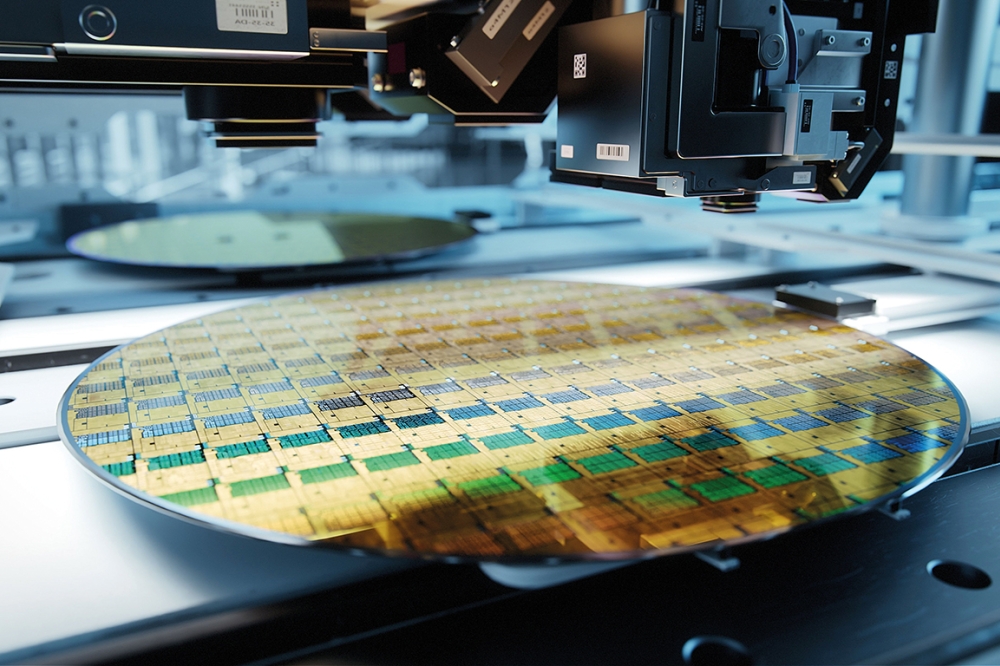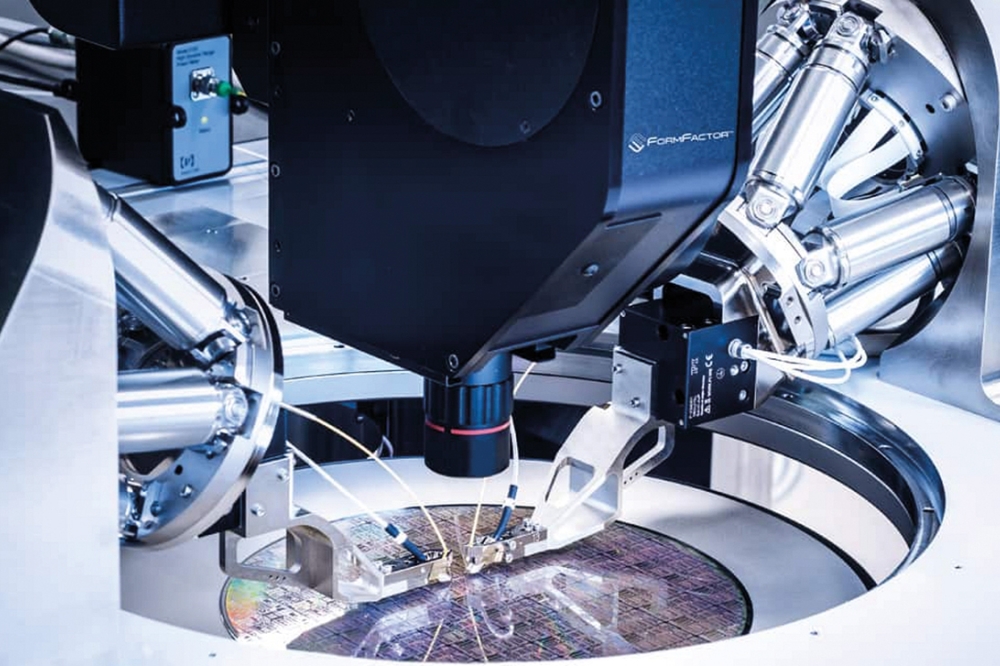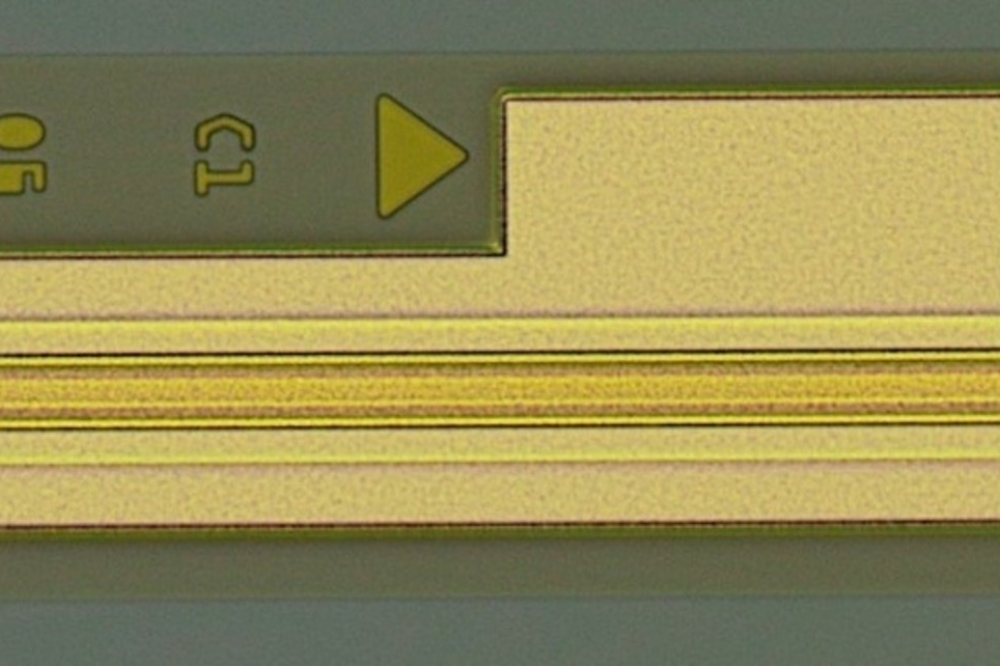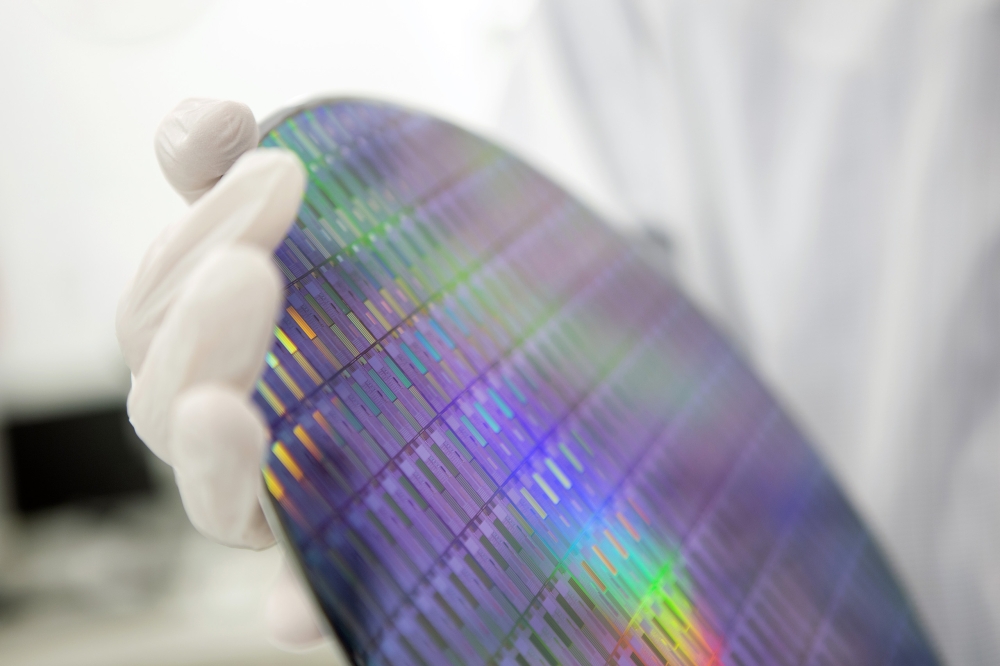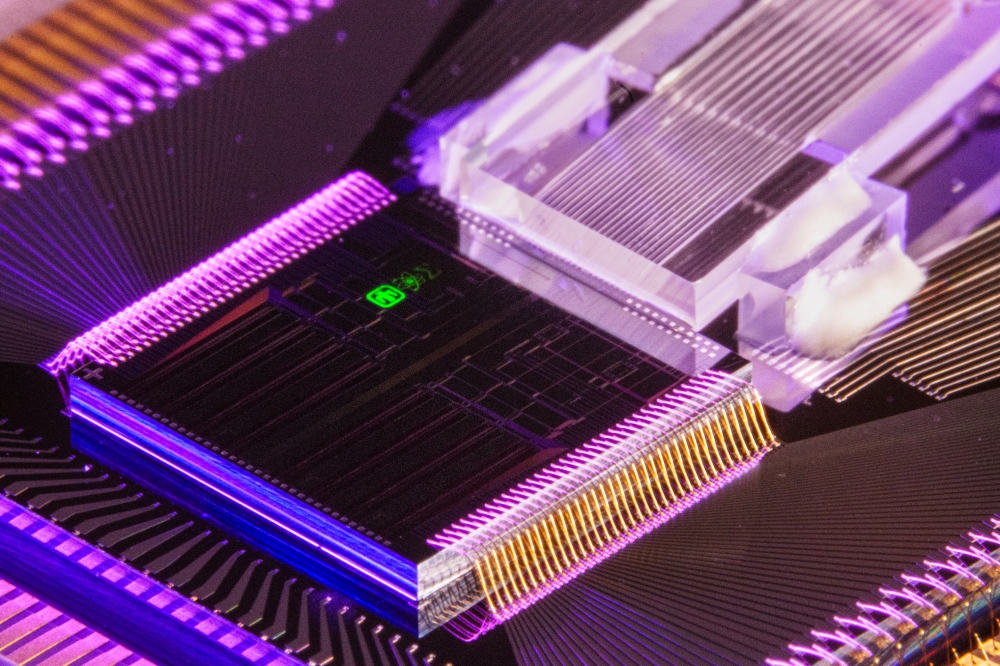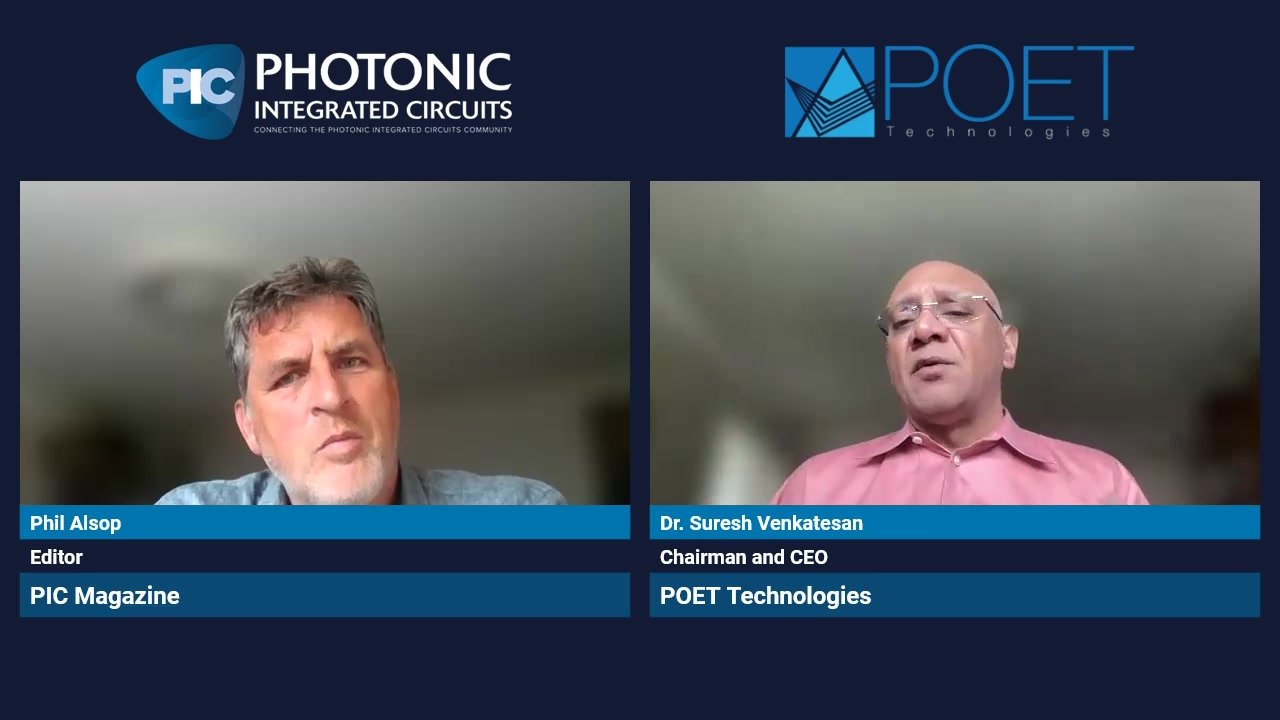Faster networks will drive InP integration
In the push to get local area network data rates up to 100 Gb/s over the coming years, the network communication industry will increasingly throw its weight behind integrated InP components.
That s according to Lawrence Gasman, president of Communications Industry Research (CIR), whose January 2008 report entitled “The Path to 100 Gbps” highlights the opportunity for InP technology.
“The capabilities of InP have never been doubted theoretically, but now it seems to fit with a genuine industry-wide commercialization effort,” Gasman told compoundsemiconductor.net. “The hope is that with InP-based integration, 100 Gb/s components won t be that much more expensive than 40 Gb/s components.”
2007 saw wider deployment of 10 Gb/s ethernet networks and the first national 40 Gb/s network in the US, built for AT&T by Cisco Systems. According to the report, firms like Infinera and Luxtera are already showing how optical integration can support very high data rates in networks like these.
CIR predicts that by 2016 the total 40 and 100 Gb/s networking market will drive $1.2 billion in active optical component sales and $790 million in passive optical components sales.
Gasman anticipates that initially the 100 Gb/s milestone will be reached by combining ten 10 Gb/s channels. This is similar to Luxtera s approach to 40 Gb/s transmission, which aggregates four 10 Gb/s links with its Blazar optically active cable.
The kind of combined InP-silicon integrated photonics being developed by Intel and Luxtera may have a role to play beyond this, says Gasman. He points out, however, that this approach is subject to “plenty of skepticism” whereas InP's relative maturity puts it in a better position to deliver the degree of integration required.
“Five years ago, InP for optical integration was usually something that was either being touted by financially unstable start-ups with no customers and/or as a technology of the future with no really specific application in mind,” Gasman said.
“The difference now is that several real and influential companies are pushing InP as the way to build 100 Gb/s components, which is a real application.”











